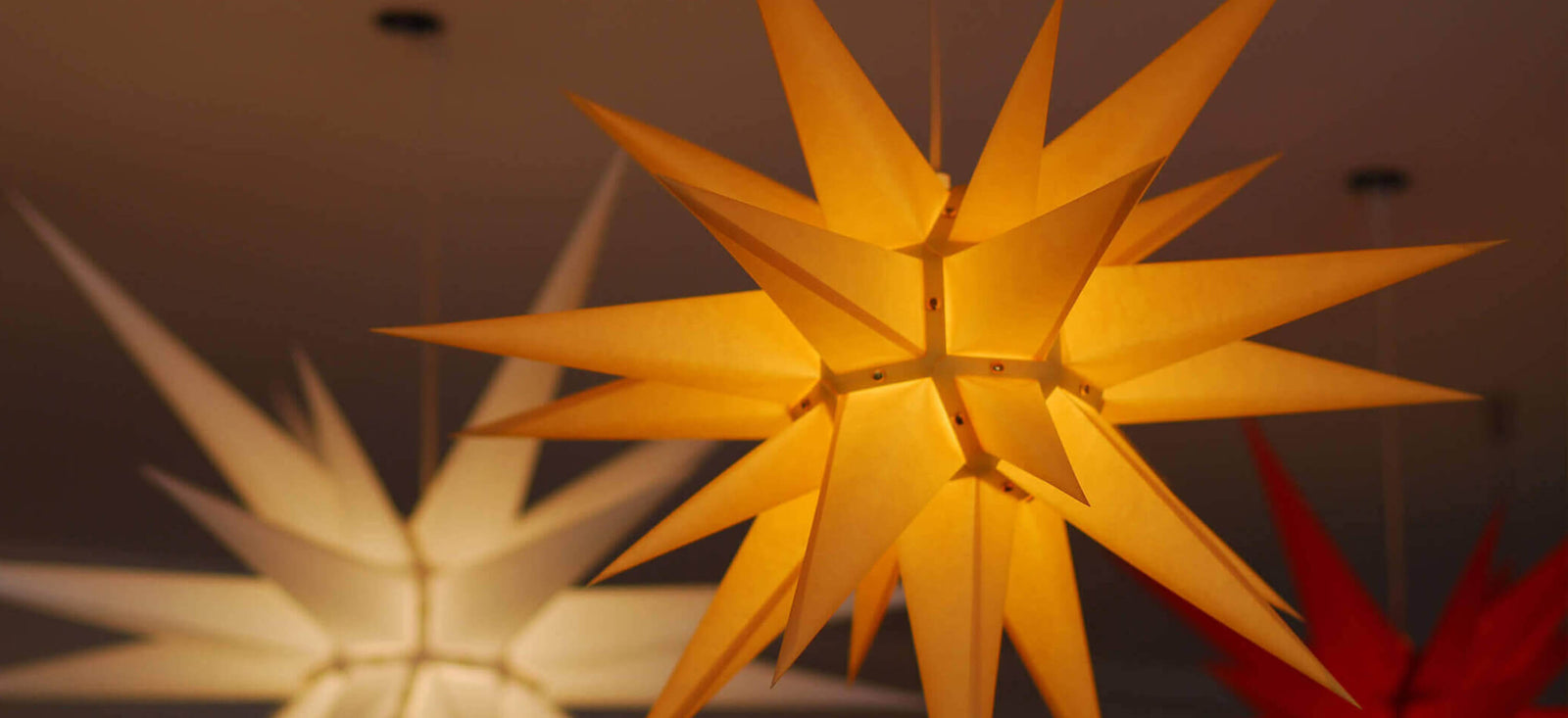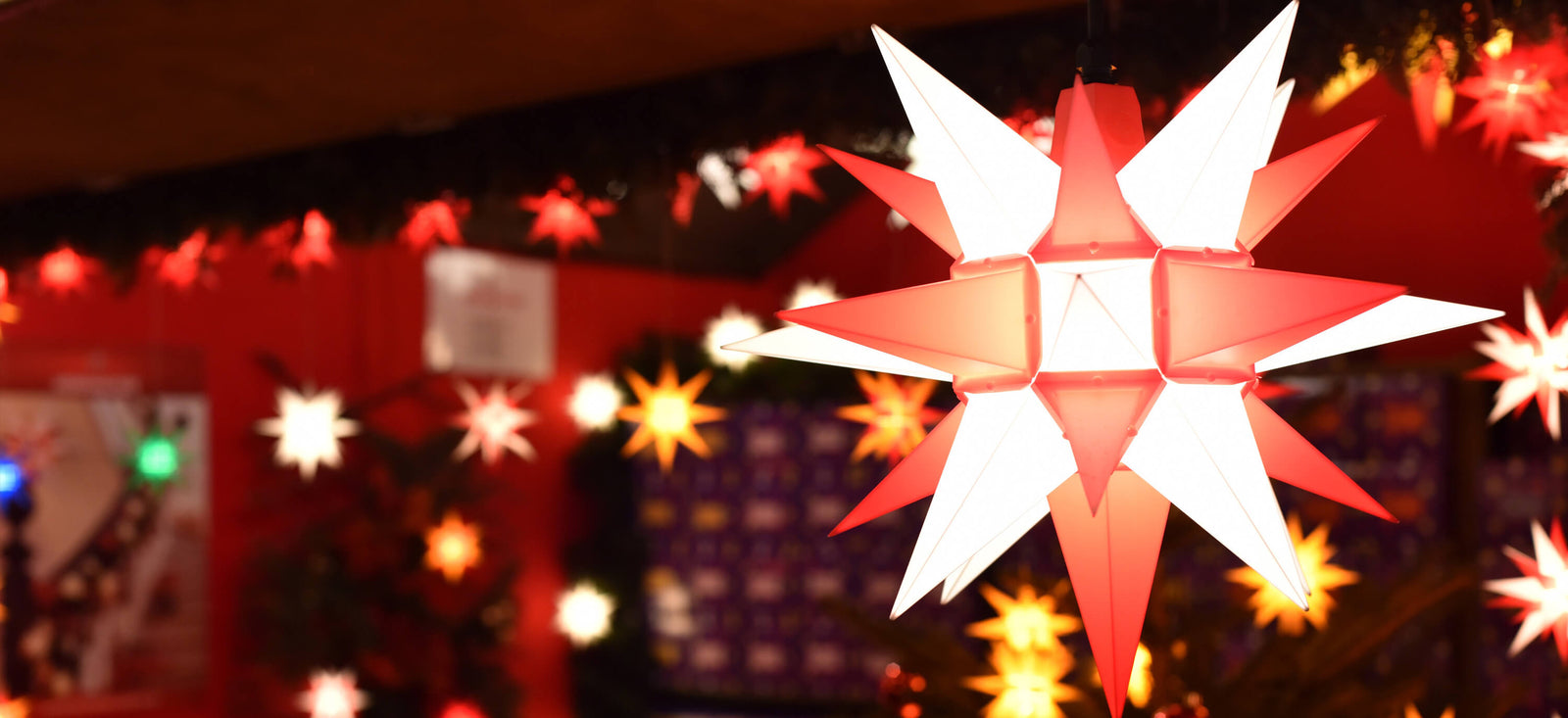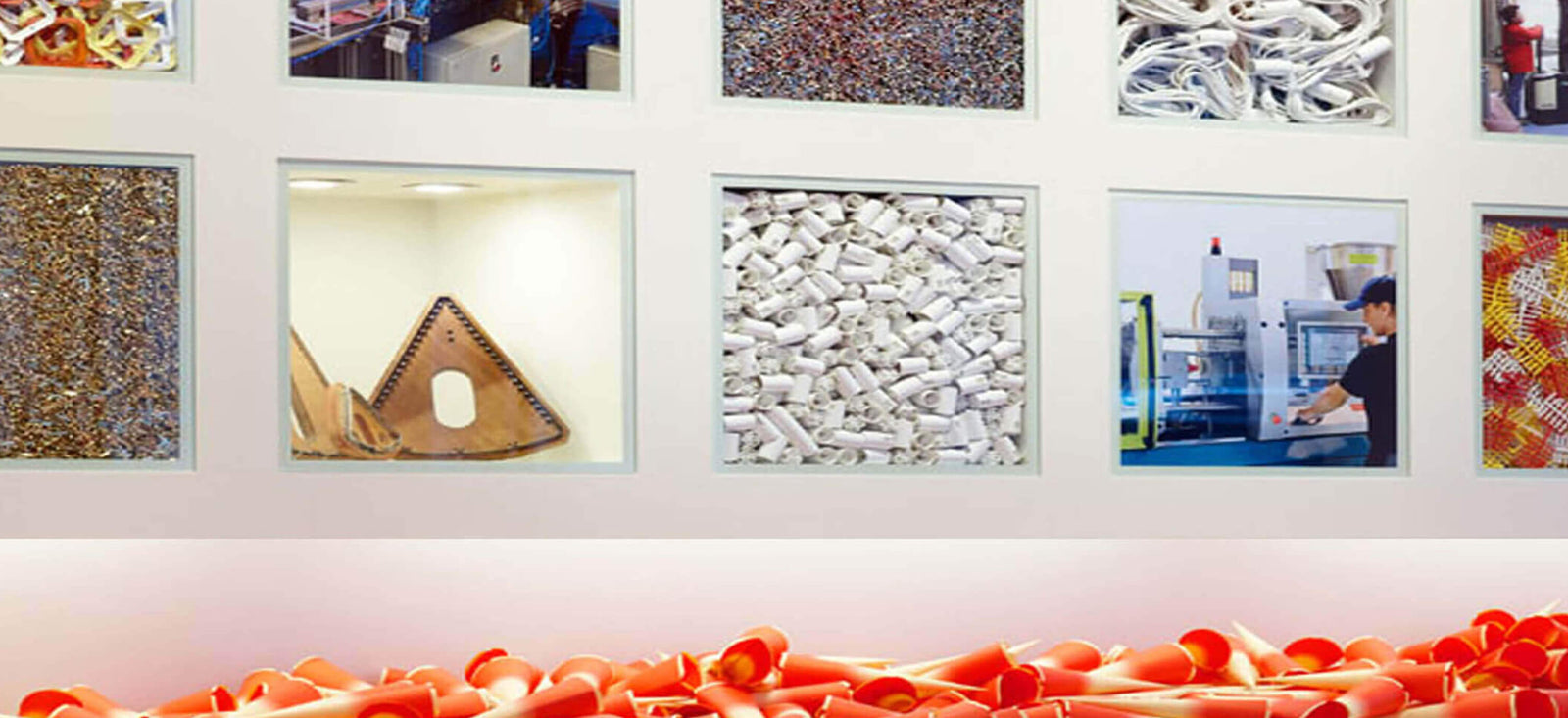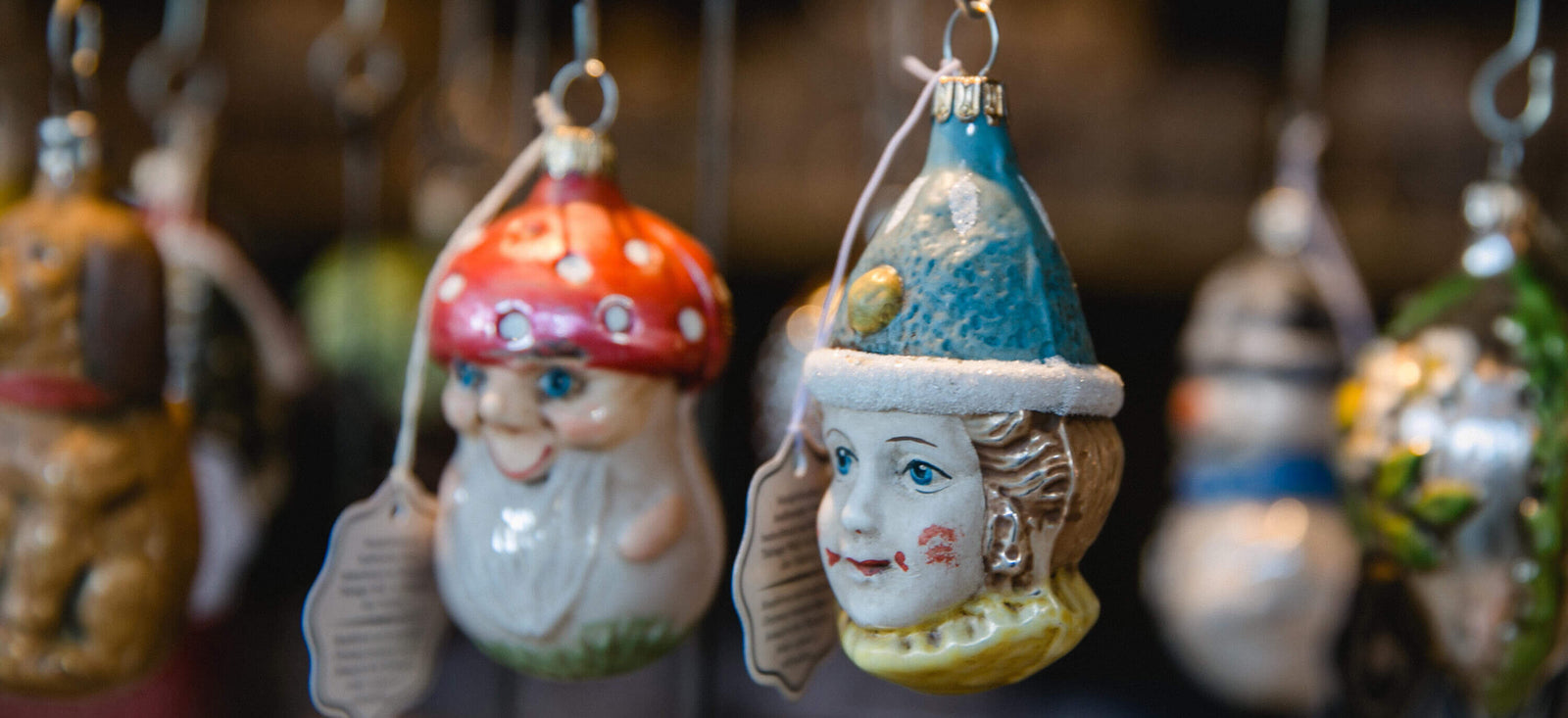This website use cookies to ensure you get the best experience. By using our website you agree to the use of cookies
This website use cookies to ensure you get the best experience. By using our website you agree to the use of cookies
HAPPY EASTER 2018

Vancouver, B.C., March 31, 2018
With this news we would like to wish you and your loved ones a Happy Easter.
We hope you have a blessed and joyful day. Easter is considered as a celebration that represents new life and lots of yummy Chocolate Easter eggs brought by an "Easter Bunny". Do you know where this tradition comes from?
The story of the Easter Bunny is not one, there are many ideas why it is a rabbit that brings us colorful eggs, chocolate and maybe a small gift at Easter.
The oldest well-known source, in which an Easter bunny is mentioned, is the scientific work of the medical professor Georg Franck to Franckenau. In 1682 he wrote in "De ovis paschalibus, from Oster-Eyern": "In south-western Germany, in our native Palatinate, in Alsace as well as in Westphalia, such Easter eggs are called the hare eggs. Thinking simpler people and small children, these eggs breed the Easter Bunny and hide them in the garden in the grass, in the bushes and so on, they want the boys to search them all the more eagerly for the exhilarating laughter of the elders. " This has not changed until today, except that the delivery area of the Easter Bunny now extends to the whole of Germany.
scientific work of the medical professor Georg Franck to Franckenau. In 1682 he wrote in "De ovis paschalibus, from Oster-Eyern": "In south-western Germany, in our native Palatinate, in Alsace as well as in Westphalia, such Easter eggs are called the hare eggs. Thinking simpler people and small children, these eggs breed the Easter Bunny and hide them in the garden in the grass, in the bushes and so on, they want the boys to search them all the more eagerly for the exhilarating laughter of the elders. " This has not changed until today, except that the delivery area of the Easter Bunny now extends to the whole of Germany.
His mention, however, does not yet explain why it is a hare that makes us happy for Easter. There are different conjectures. About this:
The urban:
Wild hare come in the spring in the villages and gardens, because after winter, the food is scarce and from March there is great demand: Numerous offspring is born.
The Protestant:
Lent has accumulated a large amount of eggs among Catholic families. The Protestants are said to have invented the Easter bunny as an explanation for not confronting their children with Lent.
The Germanic:
The proliferating long ear was in ancient times a companion of the goddess of love Aphrodite and the Germanic goddess of Earth Holda. In early Christianity he was considered a pilot to heaven, perfect for the Resurrection Festival.
The pictorial:
In Byzantine iconic art, the hare is said to have been a symbol of Christ.
The pretty:
The famous three-hare motif "The hare and the spoon three, and yet every hare has two," to be seen as a window in Paderborn Cathedral, is considered a symbol of the Trinity. It can be found on early painted Easter eggs and thus perhaps served as a template for the Easter Bunny.
Now it is your decision in what you want to believe.
www.mybrilliantstar.com
Subscribe
Sign up to get the latest on sales, new releases and more …





